It’s easy to be pessimistic about Earth’s future. News articles often share the doom and gloom of science. Destruction of ecosystems and hazardous pollution clog news articles. Let’s not forget that climate change seems to affect everything. It’s hard to write a science article without bringing up bad news. There even is a 2019 study on how this constant barrage of bad news affects us. It even affects our motivation to combat these environmental challenges. Too much bad news creates feelings of helplessness and apathy. Yet, there is a remedy for this. If bad news affects us, so does good news. Good science news can make us feel optimistic and motivated. While bad news may get increased viewers, good news can get results. It’s valid to have concerns about the environment. Yet, it is important to know that things aren’t always hopeless. There are environmental success stories that the media always seems to gloss over. Knowing these success stories are important for the environment and our own well-being.
Here are some recent environmental success stories:
- In the 1980s, Guam’s Kingfisher population became extinct in the wild and had only 29 in captivity. Thanks to conservation efforts, the population has expanded to 140. There are currently plans to introduce the kingfisher back into wild habitats.
- After 20 years of negotiation, over 190 countries in the UN agreed to a treaty. This Treaty will protect nearly two-thirds of the world’s oceans. These areas had few legal protections from overfishing, pollution, and destruction of habitat.
- Researchers at the Smithsonian have discovered the first probiotic for treating coral disease. Stony coral tissue loss disease (SCTLD) is a devastating illness to coral. SCTLD reaches 26 countries and territories. This includes coral in the US Virgin Islands and Puerto Rico.
The effect of sharing success stories and raising environmental optimism has not gone unnoticed. One movement trending is Earth Optimism. Earth Optimism isn’t just a state of mind. It is a global movement that has its own hashtag, #EarthOptimism. Earth Optimism was founded by scientist Nancy Knowlton in 2017. The movement is an attempt to highlight recent conservation actions and success stories. There is a yearly Earth Optimism Summit sponsored by the Smithsonian Institute. At the global summit, environmentalist shares their stories of success with others. Many of these stories are available on YouTube. The stories shared at the Summit aren’t just of successful environmental scientists. There are also stories of community leaders and everyday people. People who found working solutions to environmental problems. One of the greatest contributors to conservation success stories is indigenous people. Indigenous and local communities are effective in conservation success. The authors of a 2021 study found that 56 percent of conservation under local control had positive outcomes. Almost 50 percent of Earth’s landmass (not including Antarctica) is owned or managed by Indigenous or local people. Although they make up only 6% of the population, they protect 80% of Earth’s biodiversity.
Indigenous Samoans in American Samoa work closely with the National Marine Sanctuary of American Samoa (NMSAS) to protect local coral reefs. The NMSAS is engaged with protecting and preserving the cultural heritage of Samoa. Samoan culture is considered an important factor in the protection of the coral reefs. Despite 90 percent of the coral being destroyed in 1978, the work towards restoring the reef has been effective. Despite many setbacks, American Samoa’s coral reefs have proven to be resilient. In 2014, 36 percent of the reefs were covered with living coral. Based on a 2007-2020 report, the water quality of the reefs is good, and community efforts to maintain low pollution levels have been successful. These efforts go towards maintaining a biologically diverse ecosystem.
It’s also important to realize that measures taken by the US government can pay off. February 13, 2023, marked the fifty-year anniversary of the Endangered Species Act (ESA). The ESA was enacted to protect declining plant and animal species. One such success is the Puerto Rican Parrot. The parrot was threatened to near extinction by hunting, deforestation, and habitat loss. With the protection provided by the ESA, conservation efforts and captive breeding allowed the Puerto Rican Parrot to recover to 400 individuals. US Fish and Wildlife are continuing to release more of the birds into the wild.
It’s not just animals that recover from successful conservation efforts. In the 1970s, the world was alarmed by a global crisis in the same realm of climate change. A hole in the ozone layer was discovered, and it was growing bigger. The ozone layer is a natural shield that protects the Earth from harmful UV radiation by absorbing it. Without it, life wouldn’t exist. This hole in the ozone layer was expected to negatively impact the health of humans and ecosystems. The hole was found to be created by the use of a human-made compound called chlorofluorocarbons (CFCs). CFCs were a common compound found in aerosols like spray cans and cooling devices like air conditioners. Thanks to a 1987 global treaty to phase out these compounds, in the 1990 and early 2000s, the production of CFCs was stopped on a global scale. By 2022 the ozone layer continues to shrink.
Yes, there are major problems affecting the environment, but it is important to stay realistically optimistic. While things may seem hopeless, there are also major environmental successes by both people and governments occurring as well. It’s important to keep that in perspective.

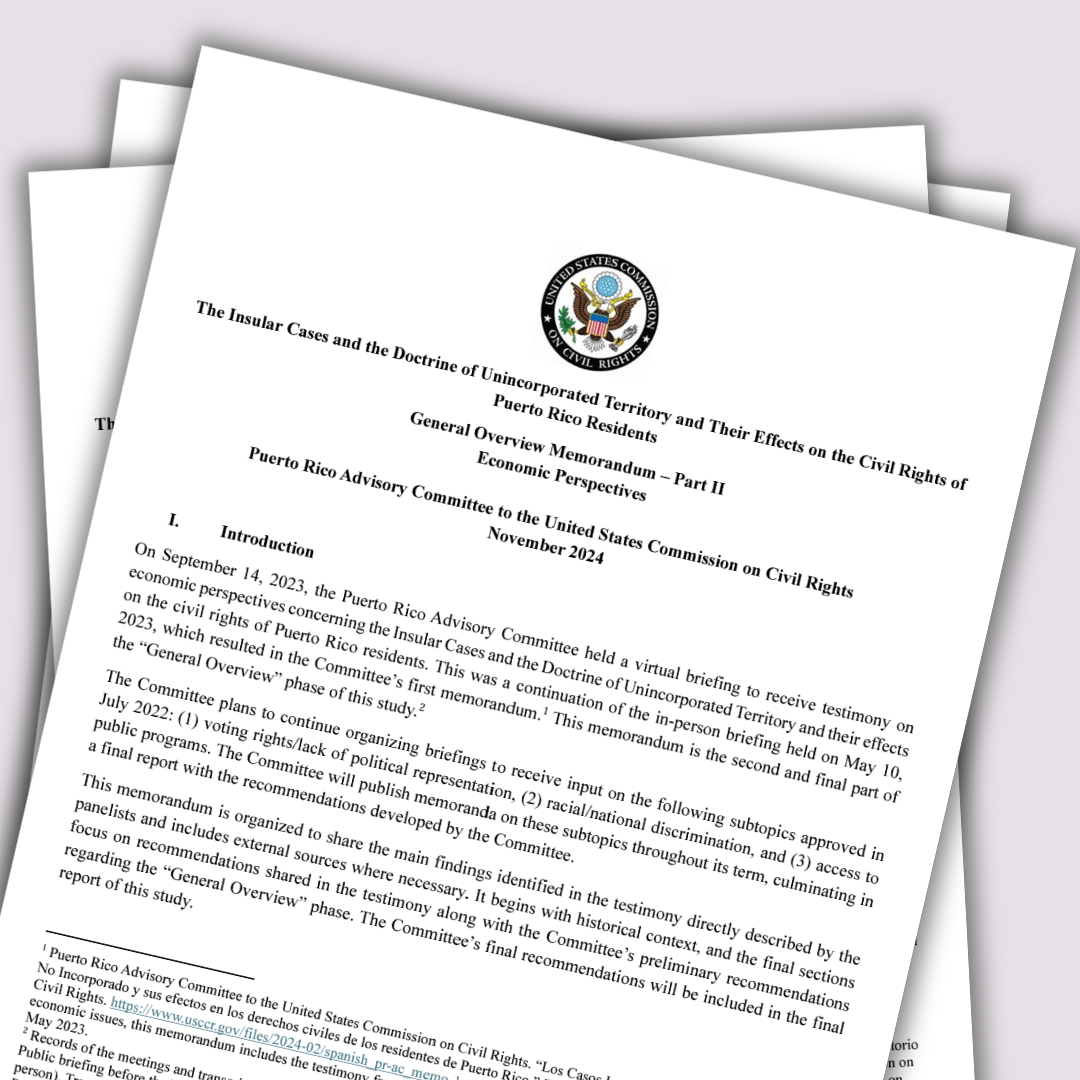

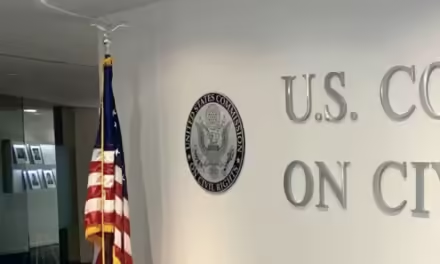
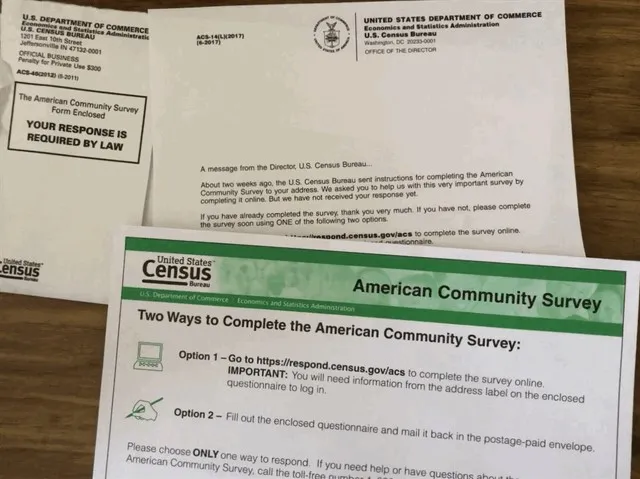

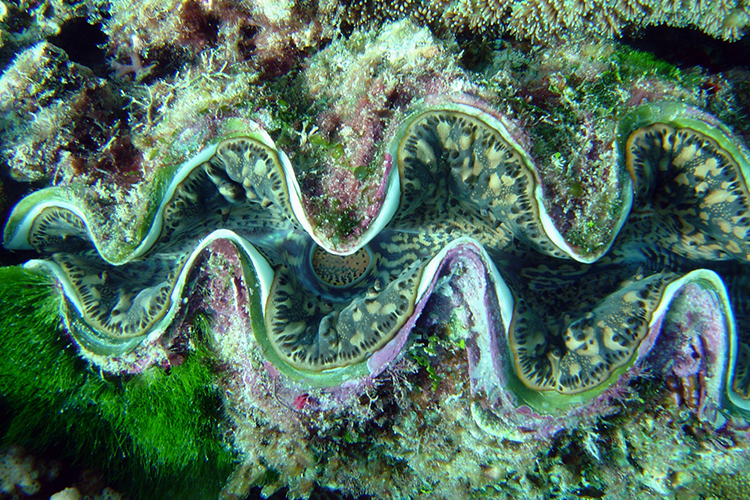
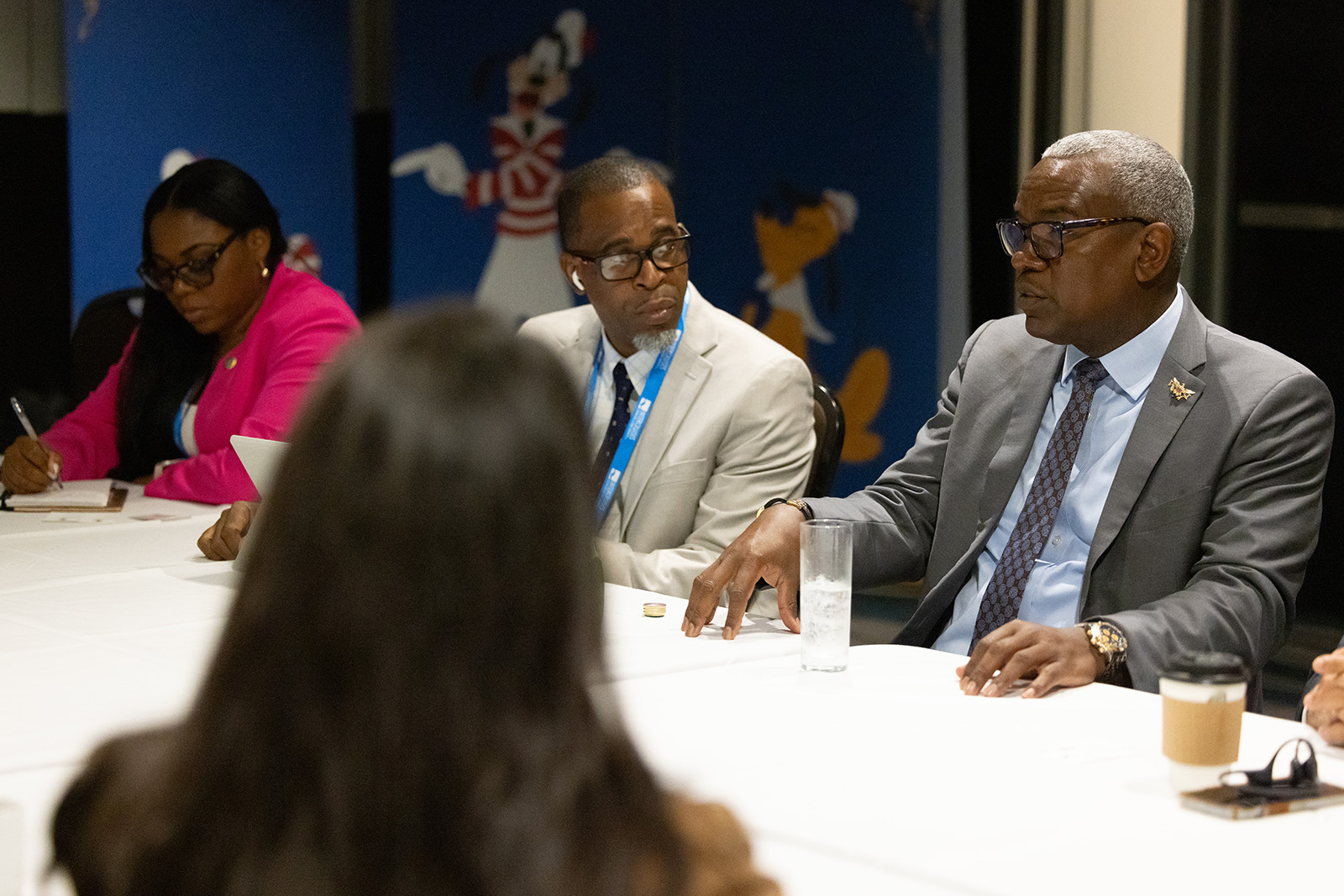



0 Comments